Description
SC 6-12 will prepare a commentary that describes new methodological approaches to obtain dose to the brain following intakes of radionuclides. This will help ongoing efforts with regard to the U.S. Department of Energy (DOE) and the National Aeronautics and Space Administration focusing on the effects of high linear-energy transfer (LET) particles in the brain, as well as provide new knowledge on brain dosimetry relevant to protection that has not been available heretofore. Currently, there are no International Commission on Radiological Protection models that provide radiation dose to brain tissue following intakes of radionuclides. However, cohorts of DOE workers (e.g., from Los Alamos National Laboratory, Mallinckrodt Chemical Works, Mound, and Rocketdyne) with intakes of radionuclides that give high-LET dose to brain tissue from alpha-particle emitters amid a low-LET dose from external gamma rays provide a human population receiving radiation somewhat analogous to the exposures received by astronauts in outer space. Of interest is to look at alpha-particle dose to the brain and subsequent risk of dementias, as well as cancer. Radionuclides of interest include polonium, radium, plutonium, americium and uranium, and validation that these cross the blood-brain barrier has come from autopsy material in the U.S. Transuranium and Uranium Registries and Litvinenko. While not equivalent to heavy ion exposures from galactic cosmic rays, using these cohorts has the advantage of providing information after low dose rate (years) for high-LET particles, and measures effect in humans, not mice. In the commentary, the Committee will expand on currently available biokinetic models to include brain dose explicitly.
Goal
To prepare a focused commentary that describes new methodological approaches to obtain dose to the brain following intakes of alpha particle-emitting radionuclides, including modifying currently available biokinetic models to include brain dose explicitly.
Support
Membership
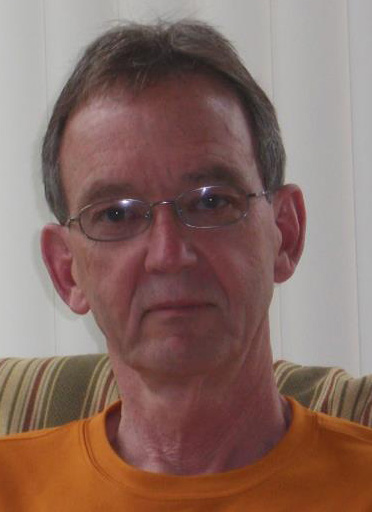
Richard Leggett
|

Sergei Y. Tolmachev
|
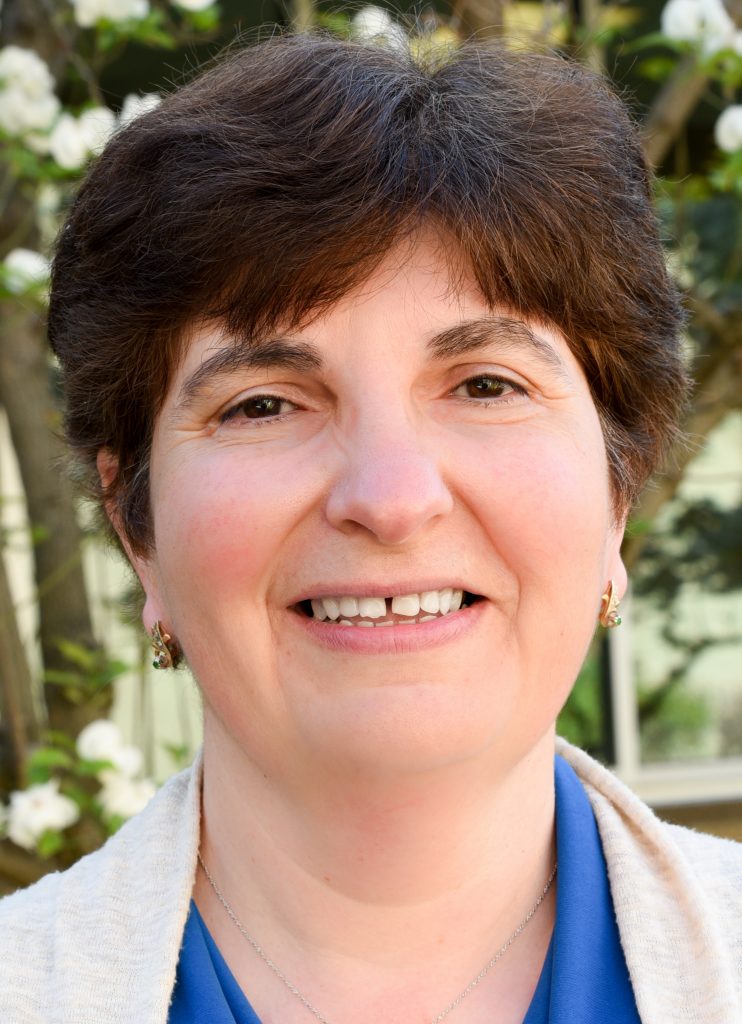
Maia Avtandilashvili
After completing her PhD at ISU in 2011, Dr. Avtandilashvili joined the U.S. Transuranium and Uranium Registries (USTUR) research team. Her current research focuses on modeling of actinide biokinetics using unique human data from former nuclear workers (volunteer donors to the USTUR) with accidental internal depositions of actinide elements. Dr. Avtandilashvili applies advanced statistical analysis methods to bioassay and tissue radiochemical analysis data from the USTUR donors (1) to test, validate, improve and parameterize biokinetic models for radiological protection; (2) to evaluate uncertainties in internal dose estimates in support of epidemiological studies; and (3) to investigate effects and mechanisms of actinide decorporation using chelating agents. She is also responsible for management and population of the USTUR health physics database. Dr. Avtandilashvili is a member of the European Radiation Dosimetry Group Working Group 7 on "Internal Dosimetry." She also serves as an Editorial Board member of the Austin Biometrics and Biostatistics journal and as a Guest Co-Editor of the USTUR special issue of the Health Physics journal. |
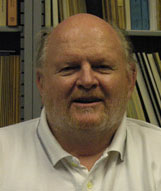
KEITH F. ECKERMAN
is a leading expert in computational dosimetry having served on International Commission on Radiological Protection (ICRP) Committee 2 and is now an Emeritus Member of the ICRP. He has received several scientific achievement awards, including the 39th Lauriston Taylor Lecturer for NCRP and Gold Medal for Radiation Protection awarded by the Royal Swedish Academy of Sciences. He is currently retired from Oak Ridge National Laboratory. |

GEORGE SGOUROS is Professor of Radiology, Oncology and Radiation Oncology, Director of Radiopharmaceutical Dosimetry Section of the Division of Nuclear Medicine, Johns Hopkins University, School of Medicine. He has been principal investigator or program leader on numerous grants with over 20 y experience in modeling and dosimetry of internally administered radionuclides with a particular emphasis on patient-specific dosimetry, alpha-particle dosimetry, and mathematical modeling of radionuclide therapy. Dr. Sgouros' laboratory is currently engaged in preclinical research investigating targeted alpha-emitter therapy of metastatic cancer. He is author on more than 100 peer-reviewed articles, as well as several book chapters and review articles. He is chairman of the Medical Internal Radionuclide Dose Committee of the Society of Nuclear Medicine, as well as steering committee member, of the American Association of Physicists in Medicine, Task Group on Internal Emitter Dosimetry. He has served as chairman of the Dosimetry and Radiobiology Panel at a U.S. Department of Energy Workshop on alpha-emitters in medical therapy and, in the early 1990s, provided the physics/dosimetry support for the first Food and Drug Administration-approved human trial of targeted alpha-emitter therapy. He is also a member of the scientific advisory board of AREVA Med (Bethesda, Maryland), which is developing 212Pb-based alpha-emitters for targeted cancer therapy. Program areas of interest: medicine; dosimetry and measurement; education, risk communication, and outreach. |
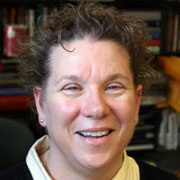
GAYLE E. WOLOSCHAK
is a Professor of Radiation Oncology and Radiology at Northwestern University Feinberg School of Medicine in Chicago and Associate Dean of the Graduate School. She and her group have been involved in studies of molecular consequences of radiation exposure, late tissue effects associated with radiation, and the use of radiation-inducible nanomaterials for cancer imaging and therapy. Dr. Woloschak also teaches radiation biology to radiation oncology and radiology residents, cardiology trainees, and graduate students and manages the Advanced Grant Writing Workshop for the Radiological Society of North America (RSNA). She earned her PhD in medical sciences from the University of Toledo (Ohio) and did post-doctoral studies in molecular biology at the Mayo Clinic. She has served on review panels for various federal agencies including the National Institutes of Health, the National Aeronautics and Space Administration, the U.S. Department of Energy, RSNA, the U.S. Army Medical Research and Materiel Command, and others. She is currently Editor-in-Chief for the International Journal of Radiation Biology, Section Editor for PLOS One, and serves on a variety of editorial boards. She is Chair of NCRP Program Area Committee 1, has served on organizational committees for several NCRP meetings, and has been involved in committees for several NCRP reports. She also served as President of the Radiation Research Society and is a member of the U.S. delegation to the United Nations Scientific Committee on the Effects of Atomic Radiation. |
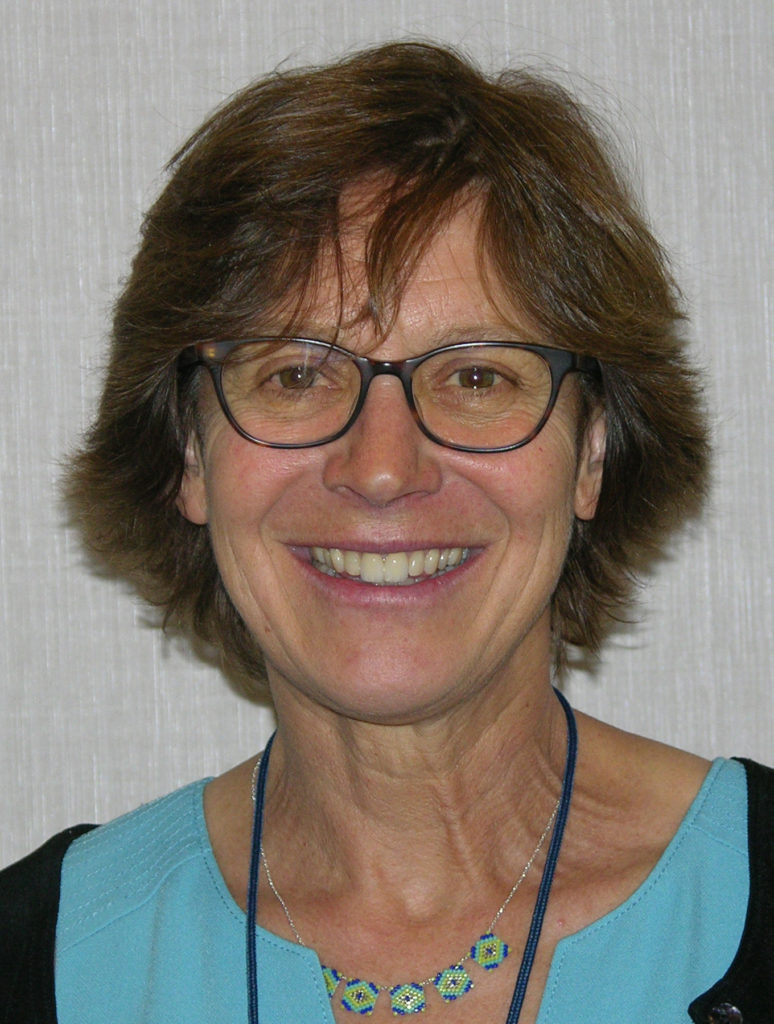
HELEN A. GROGAN
is President of Cascade Scientific, Inc., an environmental consulting firm. Dr. Grogan received her PhD from Imperial College of Science and Technology at the University of London in 1984 and has more than 25 y of experience in radioecology, environmental dose reconstruction, and the assessment of radioactive and nonradioactive hazardous wastes. She first worked at the Paul Scherrer Institute in Switzerland on the performance assessment of radioactive waste disposal for the Swiss National Cooperative for the Disposal of Radioactive Waste (Nagra). Dr. Grogan was actively involved in the early international cooperative efforts to test models designed to quantify the transfer and accumulation of radionuclides and other trace substances in the environment. Validation of computer models developed to predict the fate and transport of radionuclides in the environment remains a key interest of hers. In 1989 Dr. Grogan returned to the United Kingdom as a senior consultant to Intera Information Technologies before moving to the United States a few years later, where she has worked closely with Risk Assessment Corporation managing the technical aspects of a wide variety of projects that tend to focus on public health risk from environmental exposure to chemicals and radionuclides. Dr. Grogan has served on committees for the National Academy of Sciences, the International Atomic Energy Agency, the U.S. Environment Protection Agency, and NCRP. She co-edited the text book Radiological Risk Assessment and Environmental Analysis published by Oxford University Press in July 2008, and authored the chapter on Model Validation. |


 is a research scientist in the Environmental Sciences Division at Oak Ridge National Laboratory (ORNL). He received his PhD in mathematics from the University of Kentucky in 1972 and taught mathematics at the Ruhr University in Bochum, Germany, and the University of Tennessee before joining the Health Physics Division at ORNL in 1976. His main research interest is in physiological systems modeling, with primary applications to the biokinetics and dosimetry of radionuclides and radiation risk analysis. He is a member of Committee 2 of the International Commission on Radiological Protection (ICRP) and the ICRP Task Group on Internal Dosimetry. His physiological systems models of the human circulation, skeleton, and gastrointestinal transfer and his systemic biokinetic models for a number of elements are used by ICRP as dosimetry and bioassay models. He is the author of ICRP Publication 70, Basic Anatomical and Physiological Data for Use in Radiological Protection: The Skeleton and co-author of a number of other ICRP reports including the series of documents on doses to members of the public from intake of radionuclides (1989 to 1996), the updated Reference Man document (2002), and the Human Alimentary Tract Model (2006). He has authored over 100 open literature publications and in 1995 was named ORNL Author of the Year for the paper, “An Age-Specific Kinetic Model of Pb Metabolism in Humans.”
is a research scientist in the Environmental Sciences Division at Oak Ridge National Laboratory (ORNL). He received his PhD in mathematics from the University of Kentucky in 1972 and taught mathematics at the Ruhr University in Bochum, Germany, and the University of Tennessee before joining the Health Physics Division at ORNL in 1976. His main research interest is in physiological systems modeling, with primary applications to the biokinetics and dosimetry of radionuclides and radiation risk analysis. He is a member of Committee 2 of the International Commission on Radiological Protection (ICRP) and the ICRP Task Group on Internal Dosimetry. His physiological systems models of the human circulation, skeleton, and gastrointestinal transfer and his systemic biokinetic models for a number of elements are used by ICRP as dosimetry and bioassay models. He is the author of ICRP Publication 70, Basic Anatomical and Physiological Data for Use in Radiological Protection: The Skeleton and co-author of a number of other ICRP reports including the series of documents on doses to members of the public from intake of radionuclides (1989 to 1996), the updated Reference Man document (2002), and the Human Alimentary Tract Model (2006). He has authored over 100 open literature publications and in 1995 was named ORNL Author of the Year for the paper, “An Age-Specific Kinetic Model of Pb Metabolism in Humans.”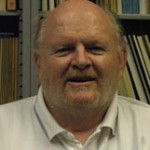
 News & Events
News & Events